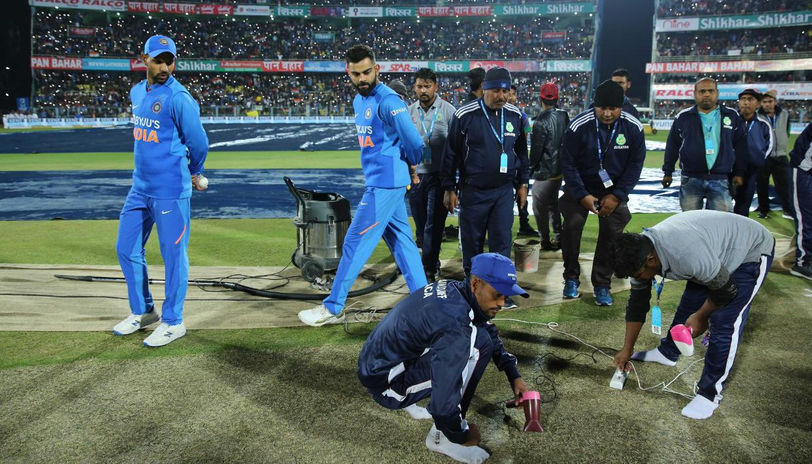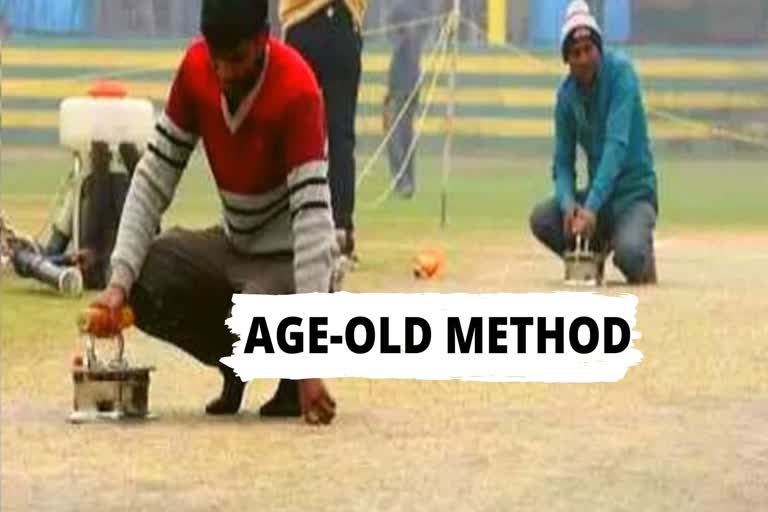Hyderabad: When India's recent Twenty 20 International (T20I) against Sri Lanka in Guwahati was cancelled due to damp patches on the pitch Board of Control for Cricket in India (BCCI) drew ire of cricket fans. Assam Cricket Association (ACA) made an attempt to get the pitch ready for the match, but the use of hairdryers and iron machines which was broadcasted live on tv left everyone rolling.
BCCI, the richest cricket body of the world, received flak for making a mockery of an international cricket match at Guwahati's at Barsapara Cricket Stadium.
Use of hairdryers and iron machines on the pitch might be new in Indian cricket, but applying burning coal on wet wicket is common.
Lesson not learnt from Guwahati incident
It seems neither BCCI nor its state boards learnt a lesson from the Guwahati incident.
During a Cooch Behar Trophy match in Kanpur on Monday, groundsmen were seen using burning coal to get the pitch ready for a match.

However, the question is being raised time and again about this obsolete practice in Indian cricket, especially when BCCI's international peers rely on advanced equipment to keep pitches match ready.
BCCI allots Rs 25 to 30 crores to state boards
On Monday during a Cooch Behar Trophy match between Uttar Pradesh and Delhi at the Kamla Club Cricket Ground in Kanpur, the groundsmen were seen using burning coal and iron machines on the pitch. A few groundsmen also applied hot sand on damp patches. But the question remains.
BCCI allots around Rs 25 crore to 30 crores to the state boards annually. So, where does this money go? Why do the states boards still rely on the age-old method?
When asked about this age-old practice in Kanpur, UPCA Secretary Yudhveer Singh said, "Drying the pitch with iron machines is not the right way in the modern-day game. If this continues in spite of the rich resources, then action will be taken against the culprits."



